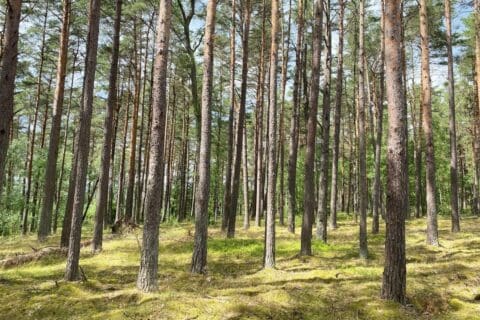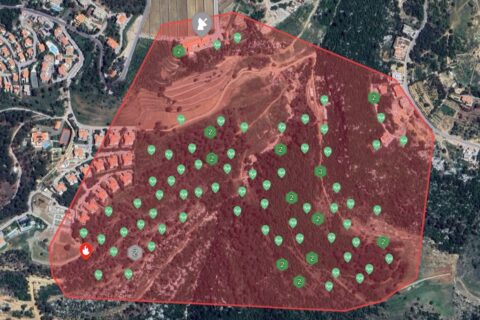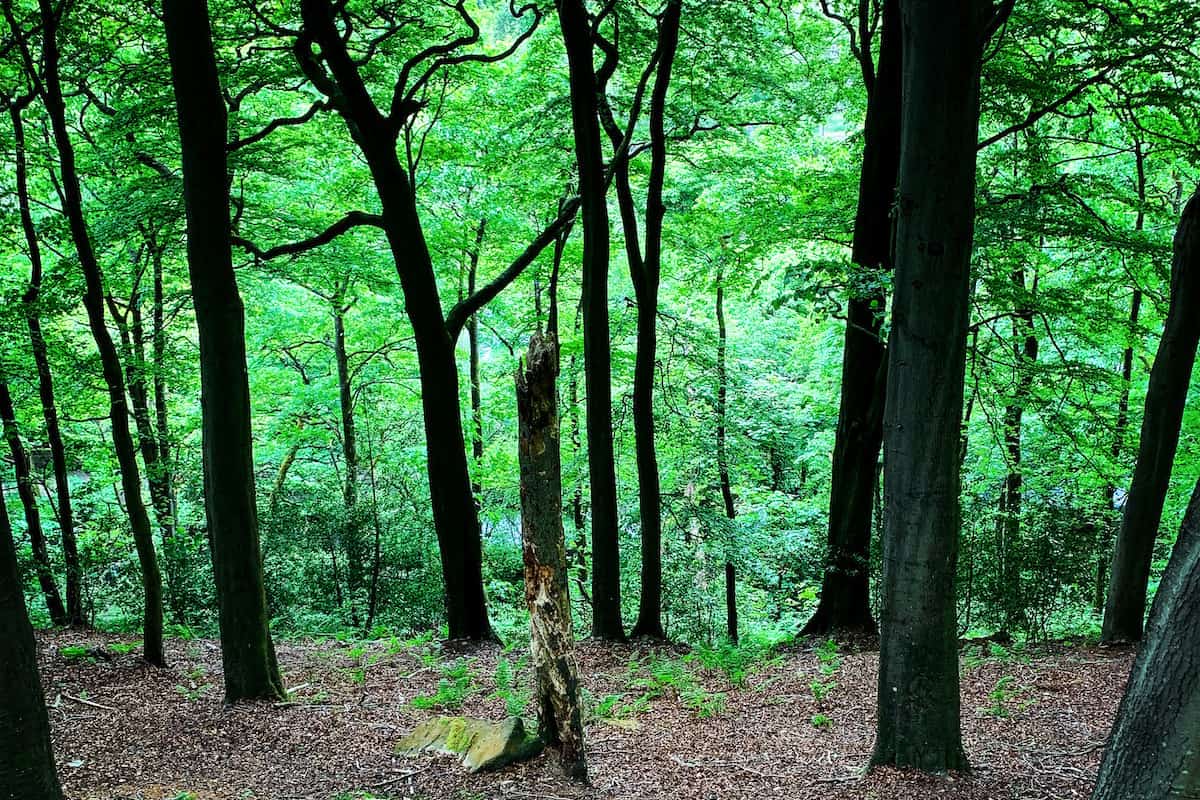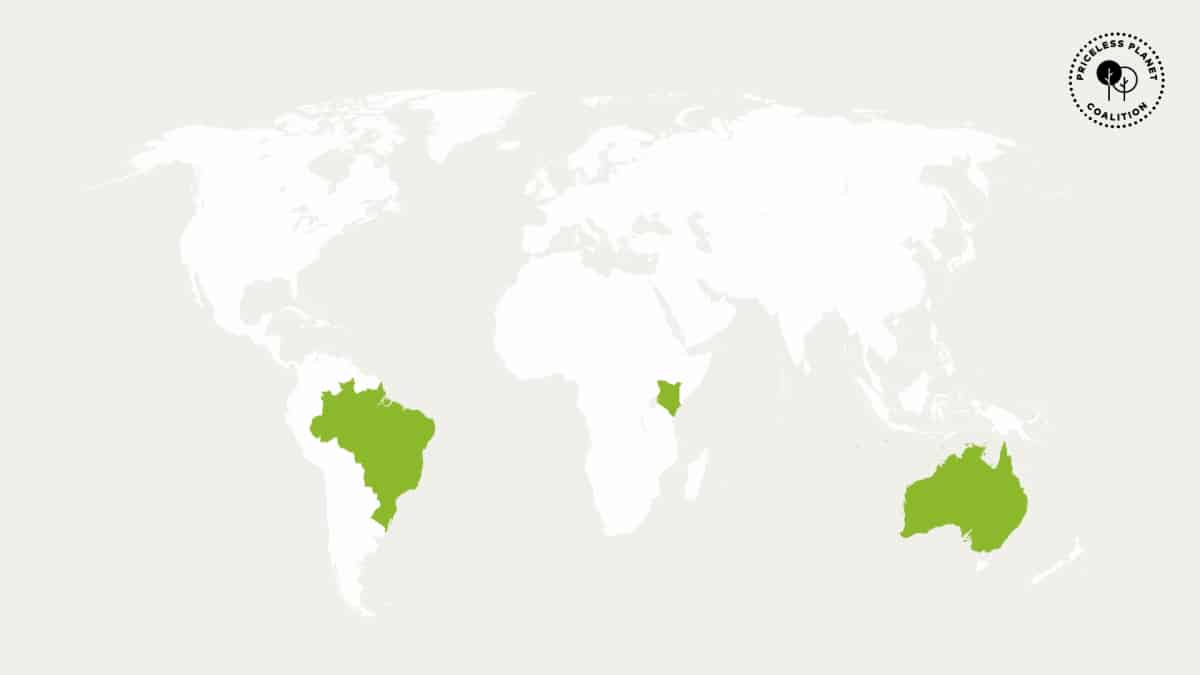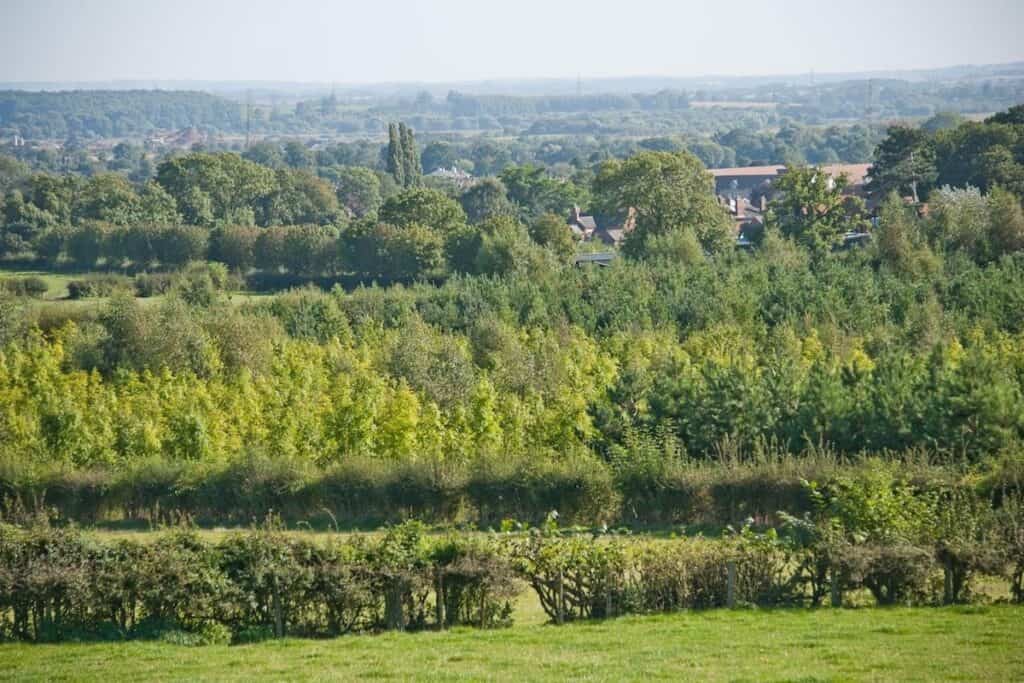
Collective action has transformed an industrialised area of the UK into a green and pleasant landscape, with forest cover that not only benefits community health and wellbeing, but boosts local business, too.
The National Forest in the heart of the UK has announced a significant milestone in its journey toward regenerating the landscape: reaching 25% forest cover across 200 square miles of the Midlands.
What was once one of the least wooded parts of the UK in the early 1990s, with forest cover as low as 6%, has been transformed into a vibrant and verdant landscape in little over 30 years.
This achievement has only been possible thanks to the commitment and collective effort of landowners, farmers, businesses and local communities, all working together towards a common vision.
From coal mining and clay extraction to tree planting
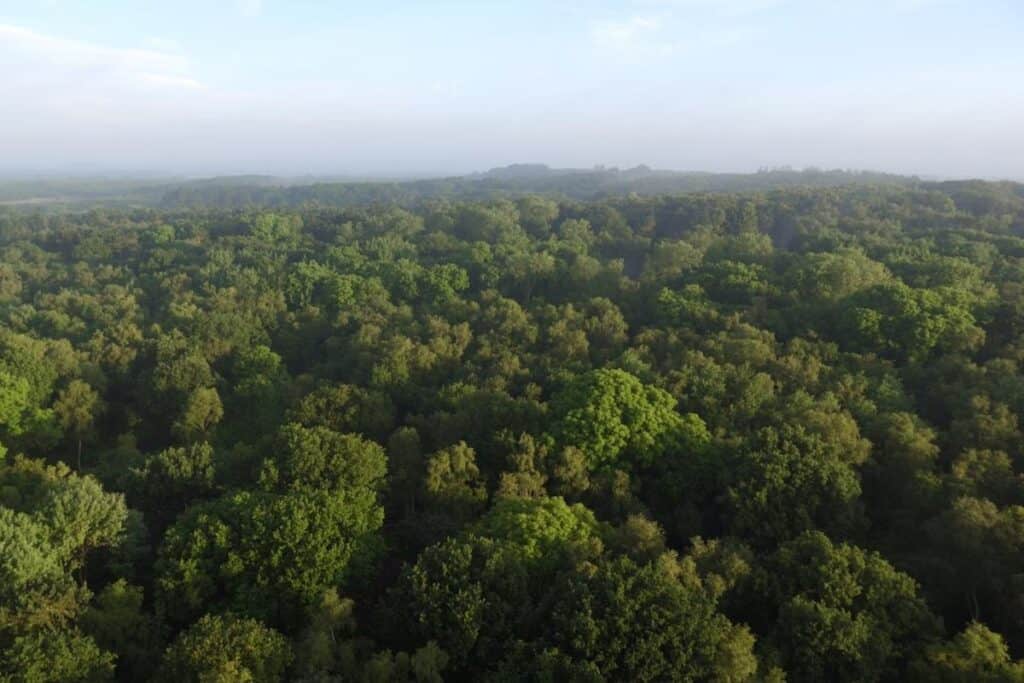
More than 9.5 million trees have been planted, restoring a landscape scarred by centuries of coal mining and clay extraction across parts of Derbyshire, Leicestershire and Staffordshire.
The approach employed here will encourage more forest projects across the country, supporting the drive to adapt to a changing climate and reach net zero, says National Forest chief executive, John Everitt OBE:
“The National Forest is part of a wider success story for all tree planting in England. The last season saw planting rates increase by 52% from the previous year, with 5,529 hectares of new woodland. This marks significant progress towards the Environment Act target of 16.5% tree and woodland cover by 2050.”
With cross-party support from government, the National Forest’s milestone of 25% forest cover has been boosted by increased tree planting over the last four years as part of Defra Nature for Climate Fund and the England Tree Planting Programme. This has been combined with improved analysis using the latest technology to identify previously uncounted trees and woodland.
Nature, wellbeing and low-carbon growth
While trees are at the core of the National Forest, its vision extends beyond regeneration. Increases in forest cover have a positive impact on key national priorities of nature, wellbeing and low-carbon growth.
As the Forest flourishes and habitats become reconnected, wildlife and biodiversity are making a remarkable recovery, too, bucking the trend of species declines nationally.
Woodland species such as sparrowhawk, brown long-eared bat and speckled wood butterfly are seeing particular increases, alongside reintroduction of rare species such as dormice.
This transformation is also enhancing quality of life for communities. Around 70% of National Forest residents now live within 15 minutes’ walk of a local woodland, with access to nature on their doorstep.
Amenity value is flowing from this investment in natural capital. It is connecting people with the environment and providing opportunities for recreational activities that improve health and wellbeing.
Schools are also benefiting, with outdoor learning in woodland settings becoming an integral part of education activities. Additionally, the Forest helps drive growth in green and low-carbon enterprise.
Farming businesses have diversified. Cattows Farm, for example, was an early adopter of tree planting in the Forest, making the shift from intensive farming to leisure and tourism activity. Whereas at The Deer Park, planting prompted its transformation from a dairy business to livestock, farm shop and café.
These enterprises not only contribute to the local economy but also enhance the Forest’s appeal as a destination for sustainable tourism. In total, the National Forest now supports over 5,300 jobs and welcomes 8.2M visitors annually, generating approximately £576M in revenue.
Paving the way for a sustainable future
This substantial influx of tourists underscores the Forest’s pivotal role in regional economic development.
Moreover, its diverse mosaic of landscapes and land uses, sees towns and villages coexisting with industry and agriculture, fostering a culture of collaboration among landowners, businesses and communities.
The Forest is paving the way for a more sustainable future, concludes John Everitt:
“This milestone demonstrates how trees can act as the catalyst for transformation, and that it really is possible for housing, industry and biodiversity to grow side by side. At a time when the country is looking for positive ideas, the National Forest provides a successful model that can be adopted elsewhere.”
The next big milestone for the National Forest is to reach 10 million trees, with more planting aimed at increasing cover in urban areas, plus agroforestry helping to support this connected environment.
Collaboration with businesses, landowners and local communities remains paramount to achieving the ultimate goal of around a third of the area as forest cover in a landscape to be enjoyed by everyone.
Overall, this post-industrial success story illustrates the transformative power of trees, not just in shaping landscapes but in revitalising communities and the economy for a positive future.
Low-impact benefits of of remote sensing
The National Forest Company, a registered charity with strong government support, leads the creation of the National Forest, in partnership with landowners, local authorities, businesses and communities.
The National Forest now covers 200 square miles of the counties of Derbyshire, Leicestershire and Staffordshire. Its creation began in the early 1990s, with a radical vision to bring the benefits of trees, woodland and multi-use forestry to lowland England, where thousands of people live and work.
The Forest provides a national demonstration of the value of the natural environment to drive regeneration and showcase policy and practice, research and development in the heart of the country.
It was the first broadleaf forest to be created at scale in England for more than 900 years and is now seen as one of the boldest environmentally led regeneration initiatives in the country. It has transformed a post-industrial Midlands landscape – scarred by coal mining and heavy industry – from black to green.
Forest cover is predominantly woodlands, but also encompasses woodland-associated habitats as follows:
- Woodlands – land parcels over 0.5 hectare (ha) in area and 20m with canopy cover greater than 20%;
- Small woods and groups of trees — densely planted areas of trees smaller than 0.5ha funded under National Forest Company forest creation grants.
- Parkland – land parcels that are predominantly grassland but contain a minimum of six scattered trees per hectare, excluding hedgerow trees; plus
- Other associated habitats, such as grasslands, that are contained within a forest creation scheme.
The new Forest cover figure is made up of the 22.6% originally recorded in 2023, with an additional 2.5% of previously uncounted woodland cover that has been identified using the latest technology and datasets. A further 0.2% was added to reflect recently completed planting, making the final figure 25.3%.
Further Reading:
- More about the National Forest, its vision, history, tree-planting, advice and grants;
- More about the Environment Act and its targets for tree and woodland cover by 2050;
- Also on SustMeme, Nursery to help plant 50 million mangrove trees;
- Also on SustMeme, Reforestation grows towards goal of 100M trees;
- Also on SustMeme, Ultra-early wildfire detection raises pilot-site alarm;
- Also on SustMeme, Not just carbon: Policymakers undervalue forests;
- Also on SustMeme, Bioplastic tree shelters to solve planting waste problem;
- Also on SustMeme, Football pitch of rainforest lost every 6 seconds;
- Also on SustMeme, Crowdsourcing AI to fight deforestation.
Check out the full archive of stories under the SustMeme Biodiversity & Conservation topic.

